Adding whole grains to chicken food boosts meat production efficiency and could improve global food security. It’s also likely to be good for backyard chickens, says Sydney scientist Amy Moss.
Amy’s research at the University of Sydney’s Poultry Research Foundation, found that replacing some of the ground grain in chickens’ feed with whole grain both improved their digestion, and how efficiently they produced meat.
Chicken is a staple of the Australian diet, it’s cheap and nutritious and is our most popular meat. According to a 2011 report from the Australian Chicken Meat Federation 90 per cent of us eat it at least once a week.
“These qualities also make poultry an impressive candidate for improving food security in developing countries,” says Amy. “Particularly if we can make meat production even more efficient.”
Chickens have a muscular organ called a gizzard in their digestive tract, which grinds the feed they eat so that it can be digested.
“We traditionally feed poultry pellets of finely ground ingredients,” says Amy. “Chickens fed these diets don’t use their gizzards and so these organs get very flabby.”
“If you add more whole grains to chickens’ diets their gizzards get a workout, and just like us when we work out, the gizzard gets more muscle.”
As the fitter gizzard grinds up the feed it stimulates gastric juices which leads to the chicken producing more meat per kilo of feed eaten.
“I found that by replacing 30 per cent of ground grain with whole grain the chickens produced 7.7 per cent more meat per kilo of feed eaten,” says Amy. “And it also reduced the cost of milling and making the feed.”
“If more chickens around the world were fed whole grain, we could meet the protein requirements of roughly 114 million more people, equivalent to the population of Australia nearly five times over.”
Amy hasn’t tested her ideas on laying chickens but it’s likely that they’d also benefit from some whole grain in their diet.
Amy is presenting her research at a poultry industry conference this week. Amy is currently a PhD candidate at the Poultry Research Foundation at the University of Sydney, where she is researching how to improve poultry performance through better nutrition. Amy’s research has been partially funded by the AgriFutures Australia Chicken Meat program.
Amy was the New South Wales winner of Fresh Science, a national program that helps early-career researchers find and share their stories of discovery.
In 2017 Fresh Science celebrated its 20th birthday, and ran in every mainland state with 140 early-career researchers nominating for the five Fresh Science events held in Brisbane, Adelaide, Sydney, Melbourne, and Perth.
Fresh Science New South Wales was supported by New Scientist, the Australian Museum and the University of New South Wales.
For interview
Amy Moss Poultry Research Foundation, The University of Sydney, amy.moss@sydney.edu.au, +61 (0)2 9036 7751, +61 (0)490 147 735
Media contacts
Suzannah Lyons Science in Public (for Fresh Science), suzannah@scienceinpublic.com.au, +61 (0)3 9398 1416, +61 (0)409 689 543
Vivienne Reiner The University of Sydney, vivienne.reiner@sydney.edu.au, + 61 (0)2 9351 2390, +61 (0)438 021 390
Banner image: Feeding chickens better could also improve what ends up on your plate. (Pixabay CC: hansbenn)

Amy holding a one-and-a-half-week-old chick at one of the research facilities. (Credit: Poultry Research Foundation, University of Sydney)

Amy with the feed they give to chickens in their studies. (Credit: Poultry Research Foundation, University of Sydney)
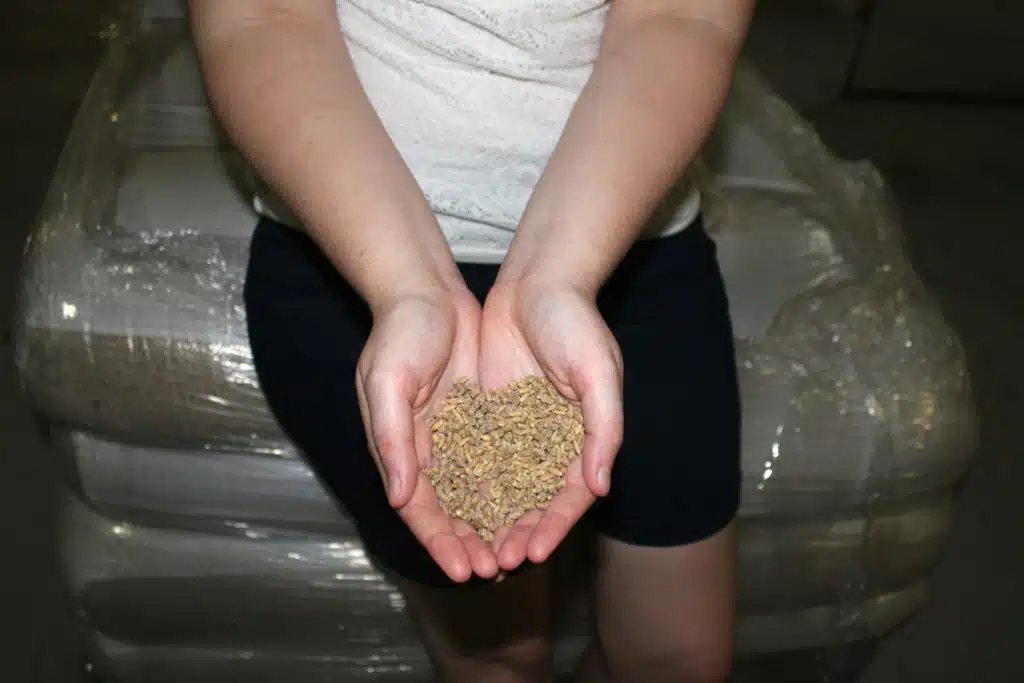
The whole grain feed Amy gave to chickens in her studies. (Credit: Poultry Research Foundation, University of Sydney)
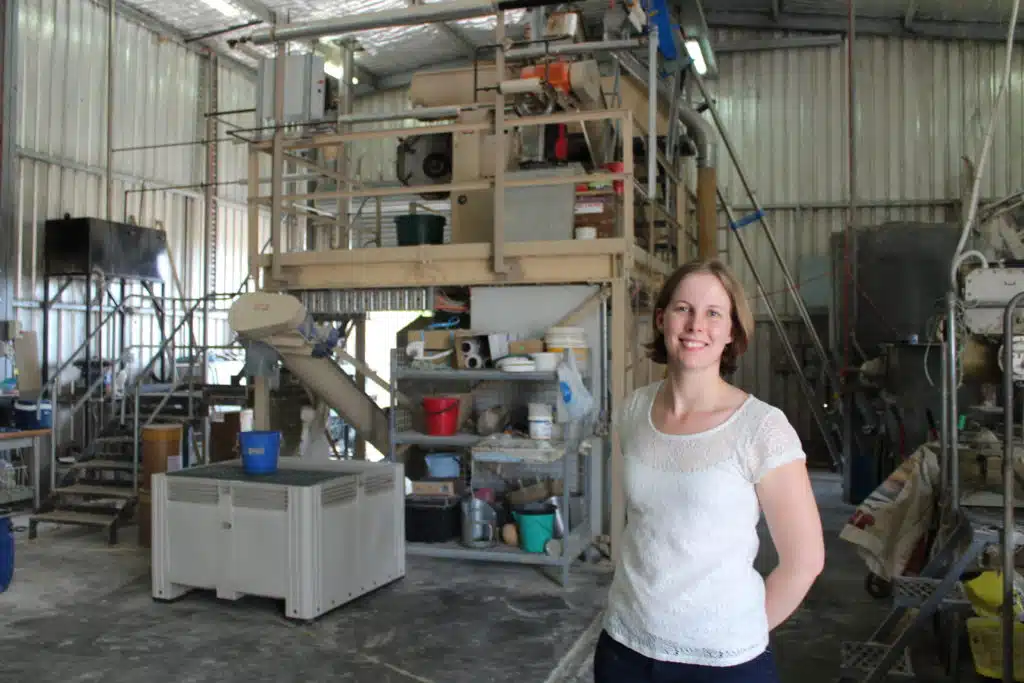
Amy in front of the feed mill where they produce the feed for the chickens in their studies. (Credit: Poultry Research Foundation, University of Sydney)
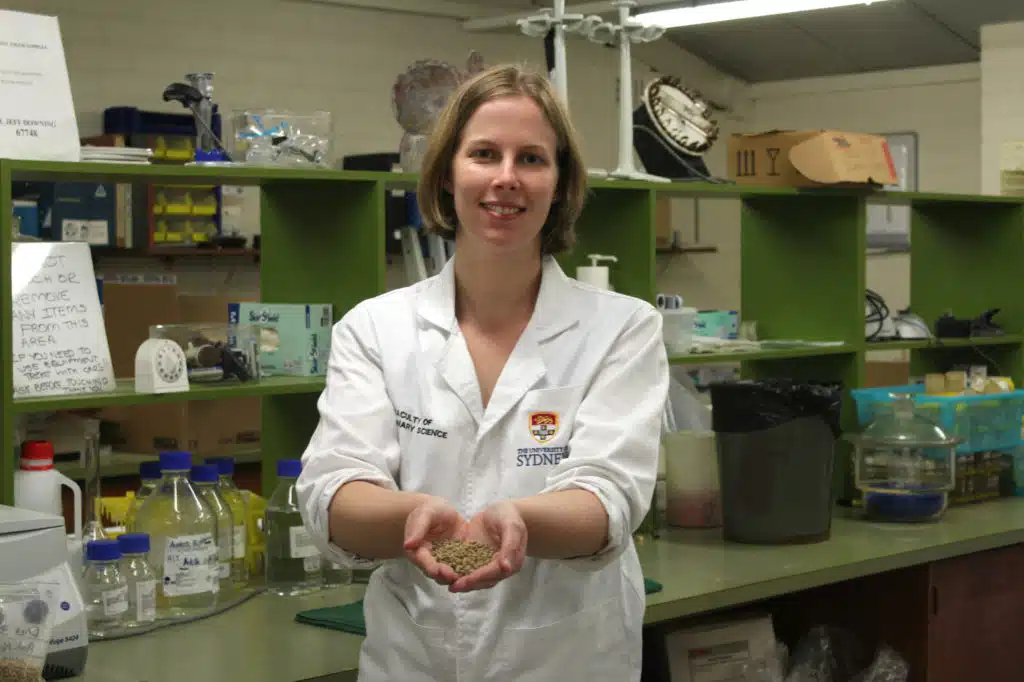
Amy holding some of the feed they give to chickens in their studies. (Credit: Poultry Research Foundation, University of Sydney)

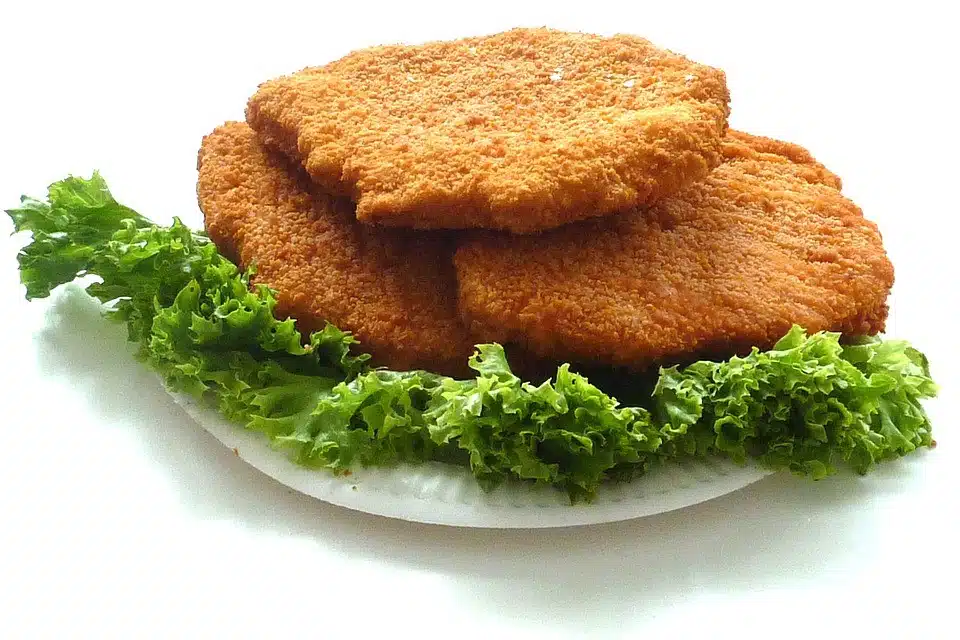
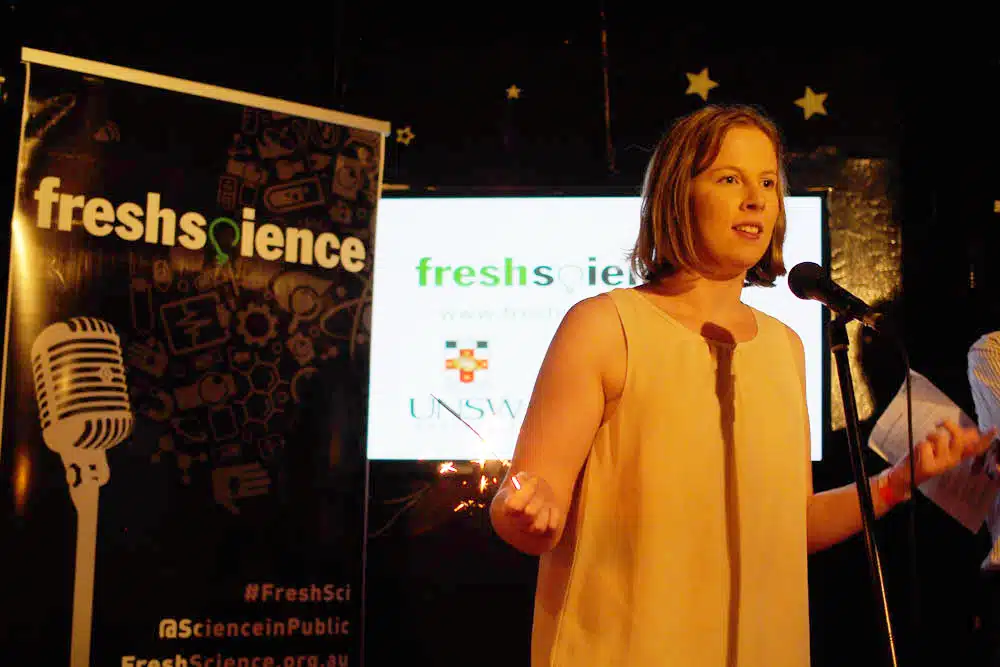



 Fresh Science is on hold for 2022. We will be back in 2023.
Fresh Science is on hold for 2022. We will be back in 2023.